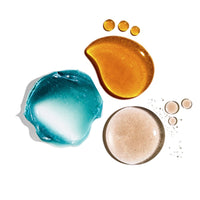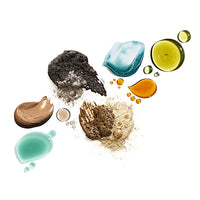lavender
One of the most studied, recognized, and versatile flowers, lavender’s rich history as a medicinal, culinary, and spiritual plant dates back thousands of years. Native to the Mediterranean region of Europe, Romans were said to have used the holy flower to scent their baths, beds, clothes, and even hair, a fact that is reflected in the Latin root of the herb’s name “lavare” meaning “to wash.” Besides Romans, many ancient cultures and healers around the world have used lavender in medicinal treatments and religious ceremonies.
In the Middle Ages, it was believed that spouses who placed sprigs of lavender between their bedsheets would never argue. Tibetan monks and Ayurvedic healers are said to have used these purple beauties to treat depression and calm the mind, while in European folk medicine, lavender tea was prescribed to relieve insomnia and tension. It’s been proven in modern medicine that the scent of lavender increases alpha waves in the area of the brain responsible for relaxation, helping to soothe common anxieties and allowing for better sleep at night.
Besides its incredible aromatic and sedative properties, lavender boasts of skin healing benefits that make it a time-tested first aid treatment. True lavender essential oil is one of the most beneficial remedies for inflammatory conditions such as acne, dermatitis, and eczema. Its superior anti-bacterial and anti-inflammatory properties inhibit the growth of harmful bacteria, as well as regulate the over-excretion of sebum, increasing the healing process of scars at the same time. As a powerful antiseptic and pain reliever, lavender makes an invaluable remedy for burns, wounds, and all types of skin trauma, effectively regenerating scar tissue and the skin overall, leaving it healthy, glowing, and blemish-free.
Featured in: The Problem Solver and The Good Stuff

